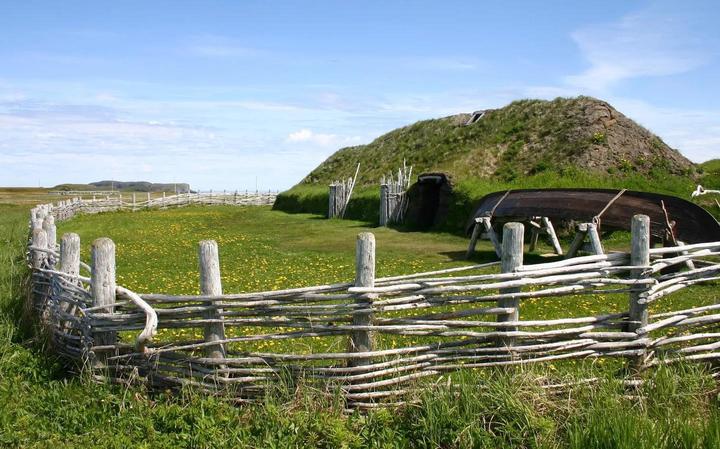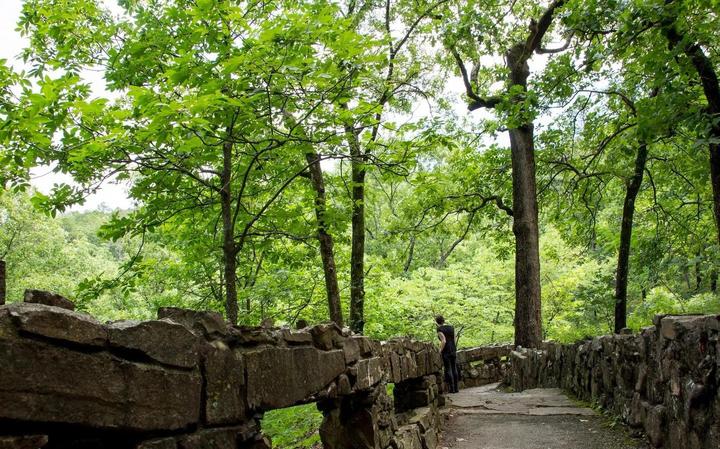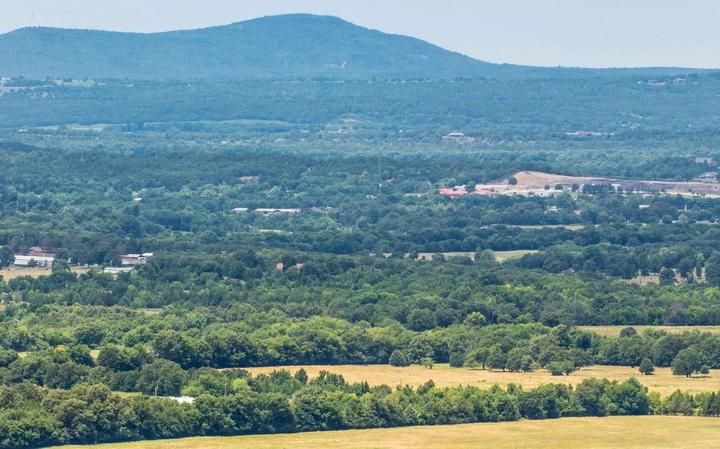The US’ mysterious Viking runes
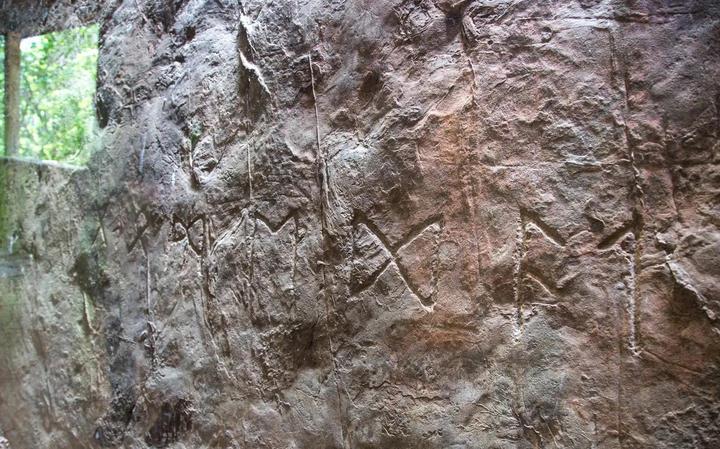
Did Vikings find their way to a remote part of Oklahoma? Some in a small community believe so, thanks to controversial runic carvings found in the area.
“[Farley] spent the majority of her adult life researching the stone,” said Amanda Garcia, Heavener Runestone Park manager. “She travelled all around the US, went to Egypt and went to different places looking at different markings.”
Faith Rogers, an environmental-science intern and volunteer at the Heavener Runestone Park, led me down a cobblestone path toward one of the 55-acre woodland’s biggest attractions – which is also one of the US’ biggest historical mysteries. We were deep in the rolling, scrub-forest foothills of the Ouachita Mountains in far eastern Oklahoma, and we were on our way to view a slab of ancient sandstone that still has experts scratching their heads and debating about the eight symbols engraved on its face.
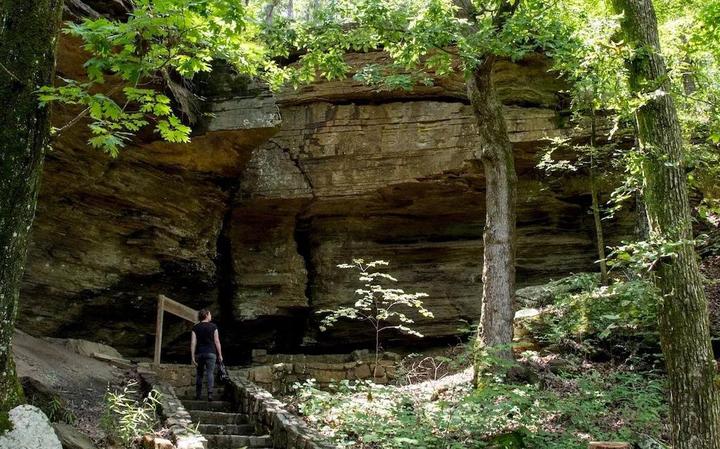
Some believe that these cryptic inscriptions are runes (ancient alphabetical characters) carved into the towering stone circa 1000 CE by Norse explorers who travelled up the Arkansas River to this remote part of landlocked America.
“Do I think the Vikings carved this? I do,” said Rogers, as we stood in the protective wood-and-glass “house” built around the 3m-by-3.6m slab. “[Local historian] Gloria Farley spent her whole life researching this, and she has a lot of evidence to back it up.”
Farley – who grew up in the town of Heavener where the runestone was found and who passed away in 2006 – is a legend in these parts. She first saw the relic while hiking as a young girl in 1928 and was fascinated by it. Two decades later, she returned to study it, as an amateur runologist and self-taught epigraphist.
The first modern knowledge of the runestone dates to the 1830s, when it was found by a Choctaw hunting party. For years, white Oklahomans called it Indian Rock, mistakenly thinking that the carvings were Native American.
“[Farley] spent the majority of her adult life researching the stone,” said Amanda Garcia, Heavener Runestone Park manager. “She travelled all around the US, went to Egypt and went to different places looking at different markings.”
She even contacted the Smithsonian only to find that they’d already made their conclusion back in 1923: they said the characters were of a Scandinavian language, and read “GNOMEDAL,” or “gnome” and “dal”, translated as “sundial valley” or “monument valley”. Other scholars afterwards translated the symbols as “GLOMEDAL,” meaning “Glome’s Valley.” So that cleared up the question of what language it was, but left two other questions unanswered: who carved those symbols, and when?
“I began to believe that the symbols on the stone indicated that Norsemen had visited the area before the time of [Christopher] Columbus. I renamed the rock ‘The Heavener Runestone’ and began my search for similar inscriptions in the area,” Farley wrote in her book In Plain Sight: Old World Records in Ancient America.
Throughout her career, Farley consulted with Norse historians, geologists and other epigraphists. She gathered evidence that supported her claim that Vikings had visited North America and were more than capable of travelling up rivers and creeks in longboats that could float in shallow water.
The idea of Vikings cruising the mighty Mississippi isn’t as far-fetched as it might seem
“A study of the fascinating Norse sagas revealed the efforts of the Norse inhabitants of Greenland to colonise the eastern coast of America from approximately 1002 until 1010 [CE],” she wrote. “If the Vikings had sailed to Russia, Ireland, England, France and to the far end of the Mediterranean, why would it have been impossible for them to reach Oklahoma via the Mississippi River?”
Ultimately, Farley led the charge that Vikings sailed inland from the Gulf of Mexico 600 to 800 years ago and left their mark in this canyon. Two additional sandstone slabs, each with runic markings (not enough to be translated), were found a mile north and a mile south of the Heavener Runestone, which park officials say indicates that the carvings were boundary markers.
The idea of Vikings cruising the mighty Mississippi isn’t as far-fetched as it might seem. Reported Viking runestones have been found in other places throughout North America (including in Kensington, Minnesota, and Spirit Pond in Maine), and Oklahoma itself has unearthed six, the most of any state in the US, though their authenticity is still in question.
However, one Norse settlement – L’Anse aux Meadows, a Unesco World Heritage Site on the northernmost tip of the island of Newfoundland, Canada – has been proven to date to at least 1021 CE, thereby providing a concrete timeframe for Viking activity in North America, and one that coincides with the estimated age of the Heavener Runestone.
